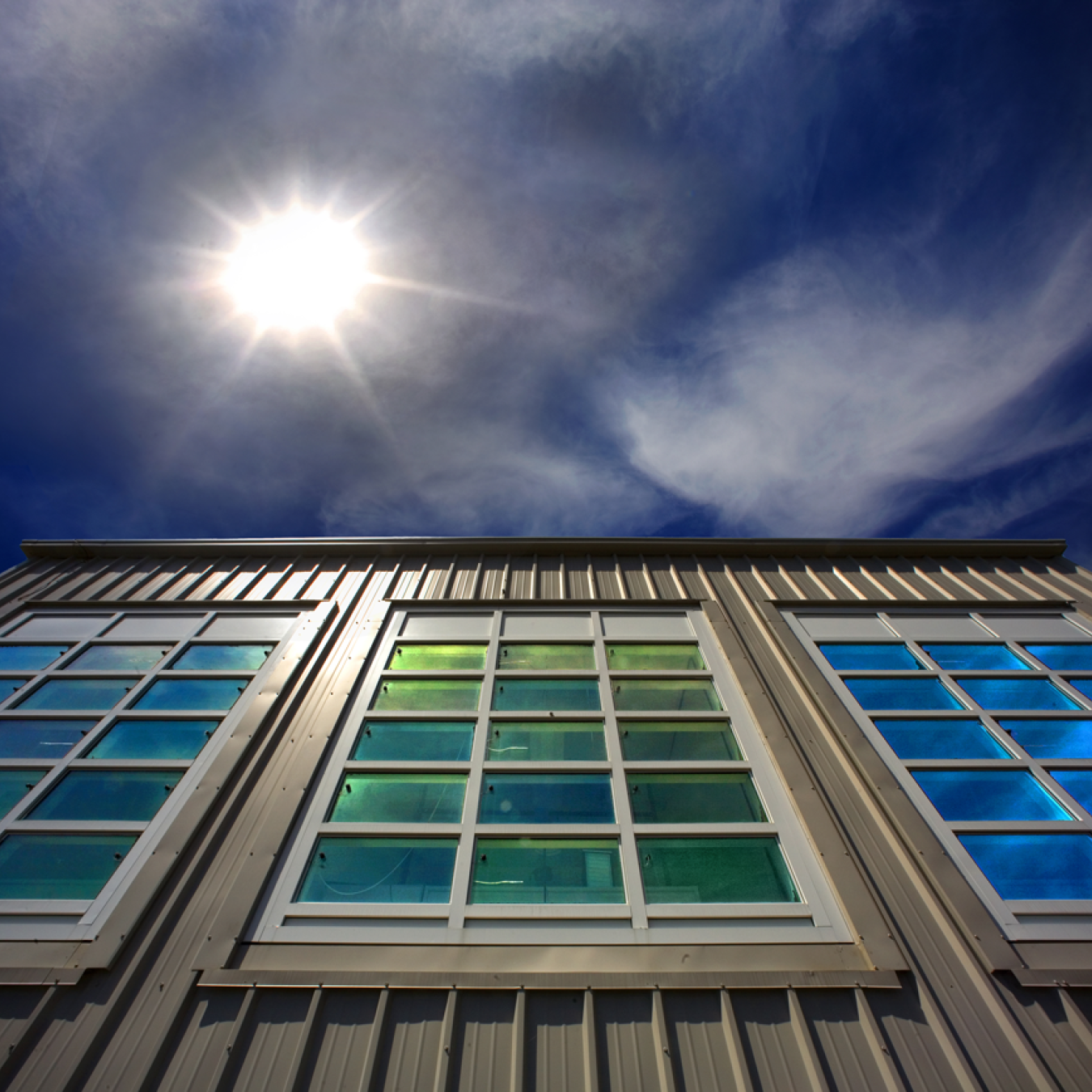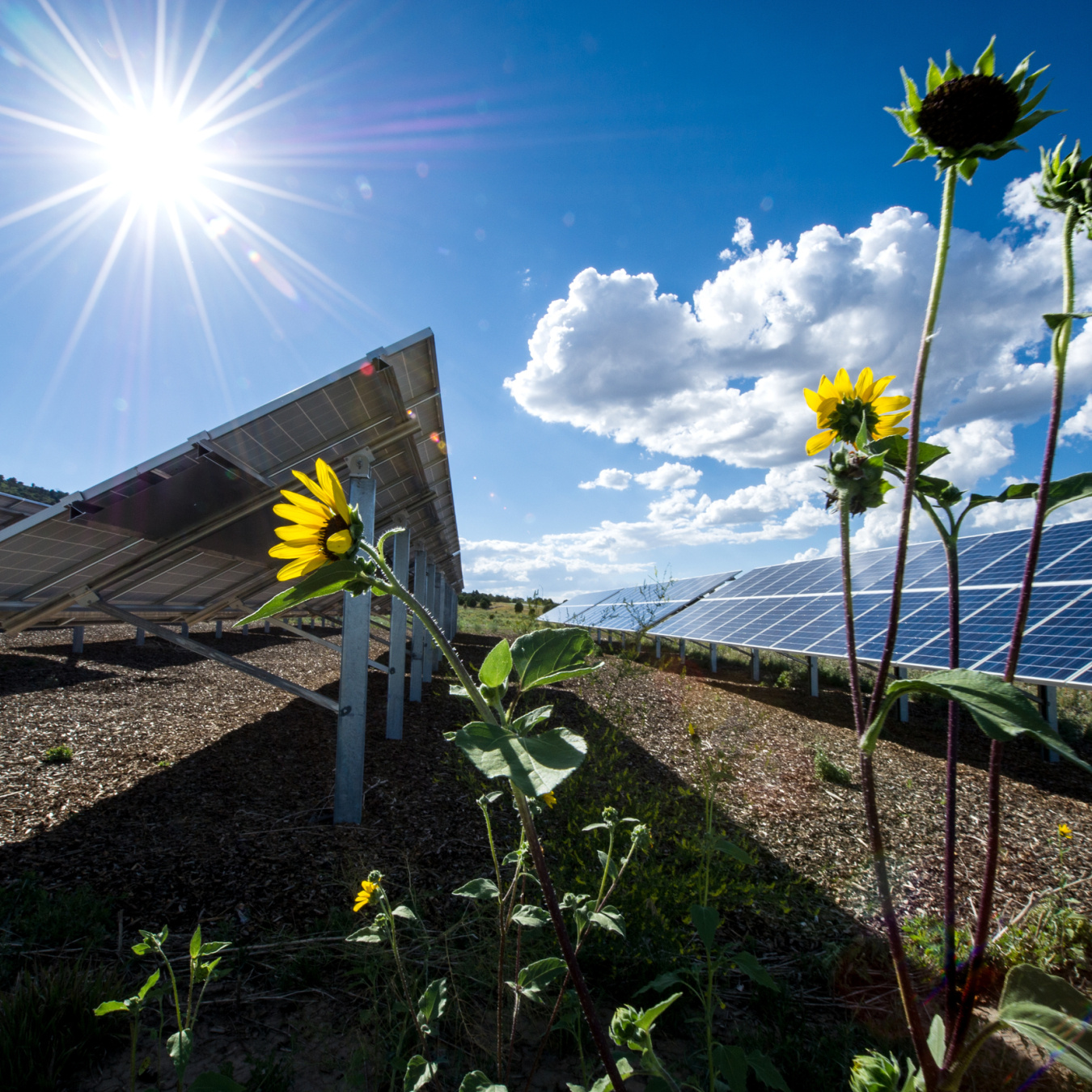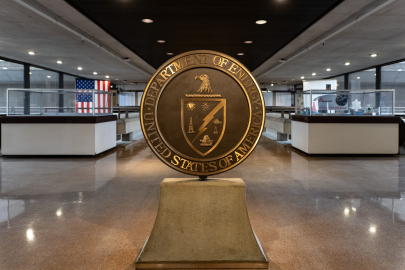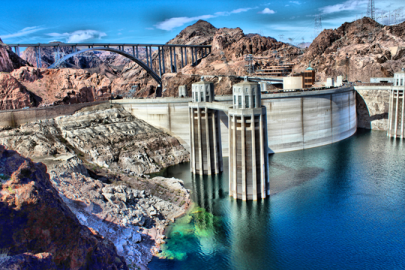EERE drives U.S. leadership in the research, development, validation, and effective utilization of energy technologies and processes, ensuring an integrated energy system that is affordable, reliable, resilient, secure, and clean.
Innovation
EERE's research, development, and demonstration activities are organized among the following three pillars:
-
 Learn about EERE's buildings and industry research and development in advanced materials and manufacturing, building technologies, and industrial efficiency and decarbonization.December 16, 2025
Learn about EERE's buildings and industry research and development in advanced materials and manufacturing, building technologies, and industrial efficiency and decarbonization.December 16, 2025 -
 EERE's applied research, development, and demonstration activities aim to make renewable energy cost-competitive with traditional sources of energy. Learn more about EERE's work in geothermal, solar, wind, and water power.December 16, 2025
EERE's applied research, development, and demonstration activities aim to make renewable energy cost-competitive with traditional sources of energy. Learn more about EERE's work in geothermal, solar, wind, and water power.December 16, 2025
-

- Vehicles
Learn about EERE's work in bioenergy, hydrogen and fuel cells, and vehicles to increase access to domestic, clean transportation fuels and improve the energy efficiency, convenience, and affordability of transporting people and goods.December 16, 2025
EERE Leadership & Offices
-
 Find biographies for senior management and learn about the organization of the Office of Critical Minerals and Energy Innovation.
Find biographies for senior management and learn about the organization of the Office of Critical Minerals and Energy Innovation.
-
 A listing of technology areas and technology offices within the U.S. Department of Energy's Office of Energy Efficiency and Renewable Energy.
A listing of technology areas and technology offices within the U.S. Department of Energy's Office of Energy Efficiency and Renewable Energy.
The History of EERE
From the launch of federal energy and research agencies in the 1970s to legislation dedicating resources to renewable energy research, EERE has a rich history that has shaped its mission. In this timeline, find out about the visionaries and programs that solidified EERE as a leader in renewable energy and energy efficiency.

